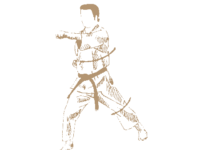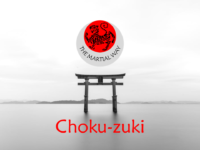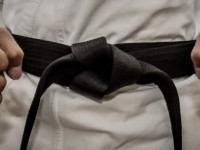Gyaku-zuki (reverse punch) is one of the basic punches. It is more powerful than Oi-zuki since the back hand is used to punch rather than the lead hand. Know that the secret to an effective gyaku-zuki is in the hip rotation. The power is from the hips, just like it is in throwing a ball. [table td1="#" td2="Description"] [td1]1[/td1] [td2]Position yourself…
Learn more
Gyaku-zuki (Reverse Punch)






